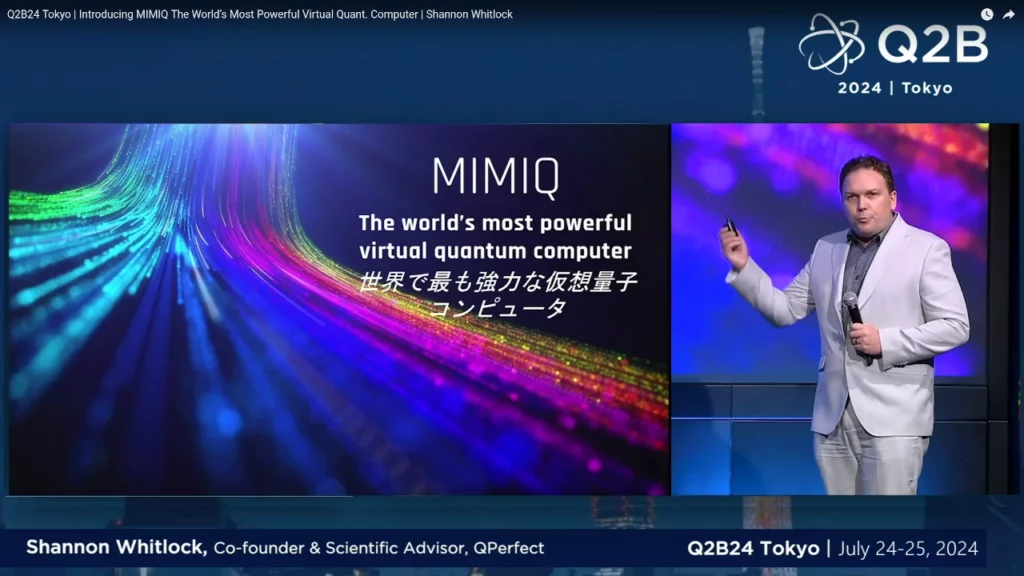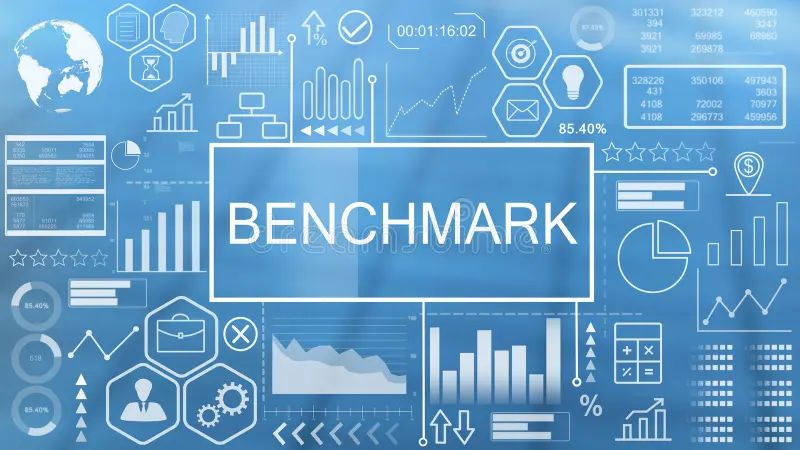How Tensor Network Simulators Can Contribute To Practical Quantum Error Correction

October 2024
Contribution from Asier Piñeiro Orioli
Quantum Scientist at QPerfect
Recently at QPerfect we were discussing over coffee the stream of amazing results on quantum error correction from companies such as QuEra/Harvard [1], Quantinuum [2], Google AI [3]. These groups are trying out different quantum error correction (QEC) codes, slowly but surely increasing the performance of their logical qubits and even starting to assemble them together into small logical circuits!
The race to implement practical quantum error correction with ever-improving hardware is opening tons of exciting questions. For example, how well will QEC work on realistic noise sources of the hardware? Can we implement fully error-corrected logical circuits while keeping overheads to a manageable minimum? Or simply, which QEC code will be best for your quantum computer?
We believe that simulations, and more specifically tensor network simulators like MIMIQ can help answer these questions.
1. What is QEC? And can it be simulated on classical computers?
Quantum error correction (QEC) codes are essentially specialized quantum algorithms that make many noisy qubits behave as a smaller number of more robust qubits. It’s the only theoretically known way to systematically reduce noise in a scalable way in quantum computers.
The most common QEC codes are so-called stabilizer codes, which are constructed with a special subset of quantum operations called Clifford operations. Examples include the surface code or the color code as implemented in Refs. [1,2,3]. To prove that these codes work, researchers normally consider simplified noise models based on Pauli operators and show using mathematical arguments that the QEC code can correct a certain number of Pauli errors. However, to know how well they work quantitatively, one needs numerical simulations.
But this requires simulating a lot of qubits! Much more than is possible on your run-of-the-mill state vector simulator.
Amazingly though, stabilizer QEC codes can be efficiently simulated on classical computers using a different type of simulator called a Clifford simulator, since the gates in stabilizer codes and the Pauli errors both belong to the Clifford group. A common open-source software for simulating Clifford circuits is Stim [4], which allows to simulate stabilizer codes with thousands of qubits, millions of gates, and millions of samples in seconds.
2. What is the limit of Clifford simulators?
The simple answer is obviously everything that is non-Clifford.
First of all, realistic noise in experiments is definitely not described by Clifford operators. You can have many kinds of noise such as spontaneous emission or thermal noise, and trickier cases like correlated noise, coherent noise, leakage, non-Markovian noise… the list goes on and on. None of these are captured by Pauli or Clifford models. Thus, Clifford simulators cannot handle realistic noise.
Secondly, although QEC codes for single logical qubits are Clifford circuits, universal quantum computation needs more than Clifford operations, such as T gates at a bare minimum. Thus, error corrected quantum algorithms cannot be simulated with Clifford simulators either.
Can these two cases be simulated using tensor networks? Some works have shown promising results in this direction, e.g. Ref. [5]. Our own preliminary results at QPerfect in collaboration with QuEra are encouraging too (more on this soon), and at QPerfect we are actively working on pushing the boundaries of tensor networks simulations for QEC.
3. What can we learn from simulating realistic noise?
A. We can learn how well QEC works under more realistic conditions.
Even though QEC is designed to correct any errors up to a certain level, how well it works really depends on the type of noise. For example, the threshold for a given QEC code to work might need physical error rates below 0.1% or maybe 0.01%. It’s difficult to know without simulations. Matrix Product State (MPS) simulators like MIMIQ can shed light on the performance of QEC codes under realistic conditions and thus help guide development efforts.
B. We can learn which errors QEC can and cannot correct.
The proofs that QEC works usually assume that noise is sufficiently weak and localized. But what if realistic noise has long-range correlations? And what about coherent rotations? Surprisingly, these questions remain largely unanswered, partly because of lack of good simulation tools. So, we won’t know unless we try it… or simulate it!
C. We can learn how to tailor QEC to improve performance.
In the last years, several studies have shown that decoders and QEC codes can be tailored to the specifics of the underlying noise in the system. This can lead to huge performance gains. Simulators can be used as quantum computer “twins” in order to rapidly prototype and test decoders and QEC codes for different types of noise.
4. What can we learn from simulating universal fault-tolerant algorithms?
D. We can learn how to improve logical performance at scale.
Quantum error correction is often thought of in a very compartmentalized way. We first need good logical qubits, then we need good logical operations and then we just smash a lot of that together to get a fault-tolerant algorithm. However, things can get complicated as you scale your system. Even if you know your components very well, putting them together might lead to bigger errors than expected, as explored in Quantinuum’s paper [2]. Simulators can help identify and understand these issues.
E. We can learn how to tailor decoders and QEC codes at scale.
There are also new opportunities to optimize QEC as you scale your system! Recent work by our partners at QuEra has shown the value of correlated decoders that consider information about the full system [1]. Moreover, new ideas in error correction, such as dynamical codes,
try to optimize QEC performance by looking at the fault-tolerant circuit as a whole and letting the code change in both space and time.
5. Conclusion
The possibility to simulate realistic noise and fault-tolerant algorithms with non-Clifford gates at scale holds great potential for accelerating progress in practical QEC. We can’t use Stim for this, nor state vector simulators, because relevant QEC circuits use too many qubits. We need large-scale universal simulators like MIMIQ that can handle both large circuits of 100s of qubits and any kind of noise. To test this assertion, we recently partnered with QuEra to study the use of MPS simulators for simulating quantum error correction for non-Clifford circuits and non-Clifford noise. So far, the results are encouraging, and we’ve been able to show that we can simulate large-scale circuits with a dozen or so logical qubits on relevant error corrected quantum algorithms. We’re getting ready to show some results on this, so stay tuned!
If you too are interested in trying out MIMIQ, contact us!
References:
[1] Harvard/QuEra, Logical quantum processor based on reconfigurable atom arrays, Nature 626, 58–65 (2024), https://www.nature.com/articles/s41586-023-06927-3
[2] Quantinuum, Benchmarking logical three-qubit quantum Fourier transform encoded in the Steane code on a trapped-ion quantum computer, https://arxiv.org/abs/2404.08616
[3] Google AI, Quantum error correction below the surface code threshold, https://arxiv.org/abs/2408.13687
[4] Craig Gidney, Stim: a fast stabilizer circuit simulator, https://arxiv.org/abs/2103.02202
[5] Andrew S. Darmawan and David Poulin, Phys. Rev. Lett. 119, 040502 (2017), https://journals.aps.org/prl/abstract/10.1103/PhysRevLett.119.040502
https://qperfect.io/index.php/mimiq/ and reach out to us at contact@qperfect.io.
Read the MIMIQ press release


